KNIGHT FOUNDATION NEWS CHALLENGE: HEALTH
This challenge presented the perfect catalyst to turn the idea shared in my TEDx: Integrity by Design from April 2013 at TEDxBarcelonaChange into a funded initiative. An enthusiastic team formed, and we submitted a proposal: OpenQRS: Open Source Tools to assure the Quality, Reliability and Safety of Health Care Devices on September 17th along with 650 other proposals!!
We are humbled and excited by the enthusiasm since our submission posted. The "applaud" and comments on the platform, tweets and FB posts, have been overwhelming. Within a week, we have over 1000 views for our project. The Knight News Challenge reviewed the entries, and selected 39 semi-finalists.
WAITING...
SEMI FINALISTS
Please check out our submission: bit.ly/openqrs We welcome feedback to strengthen the proposal!
OpenQRS in 30 Seconds from Kate Ettinger on Vimeo.
A REFLECTION ON OPEN CONTESTS
Open contests have critics. Valid concerns include that the voting system will be gamed by special interests or that the public may not have sufficient understanding of the issue to determine feasibility. Knight News Challenge balances opening the door for new, small and under-resourced initiatives at the outset with a rigorous due diligence process informed by experts during the final phase. This approach affords fresh ideas a chance to be discovered while only funding initiatives that demonstrate a responsible use of philanthropic investment. Knight Foundation's leadership in "Open Contests" provides a framework for philanthropy to engage collaboratively with the public to identify and develop solutions to pressing social issues.
We were thrilled to participate in the Knight News Challenge and
we are grateful for the tremendous interest, support and enthusiasm!
A snapshot of our success from the Knight News Challenge: in one month, we received over 2300 views of the project and 65 applause! We are excited about interest from appropriate technology device makers and we will be hosting prototype QRSLab game sessions with these product teams over the next two months. Stay tuned at www.openqrs.org and thanks for your support and interest!

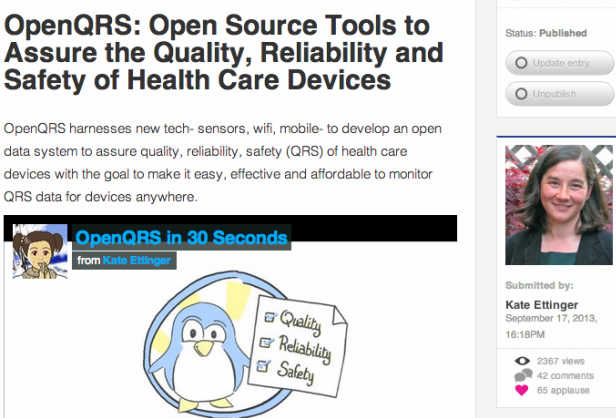


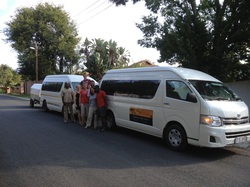
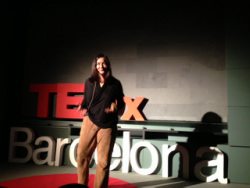
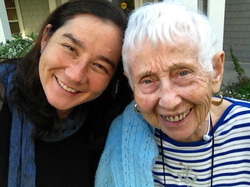





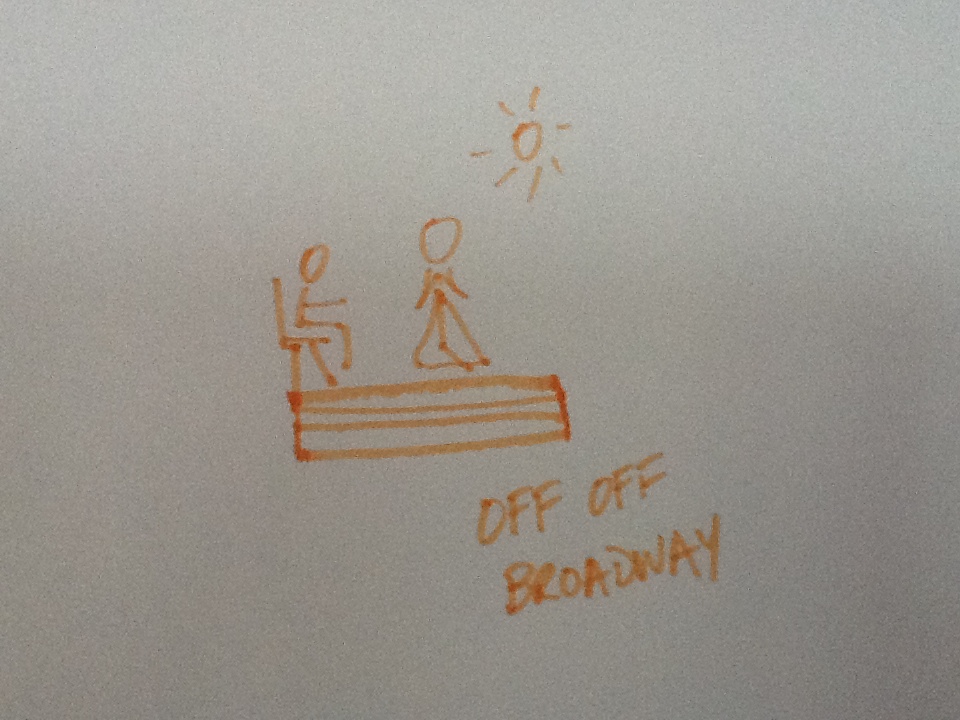
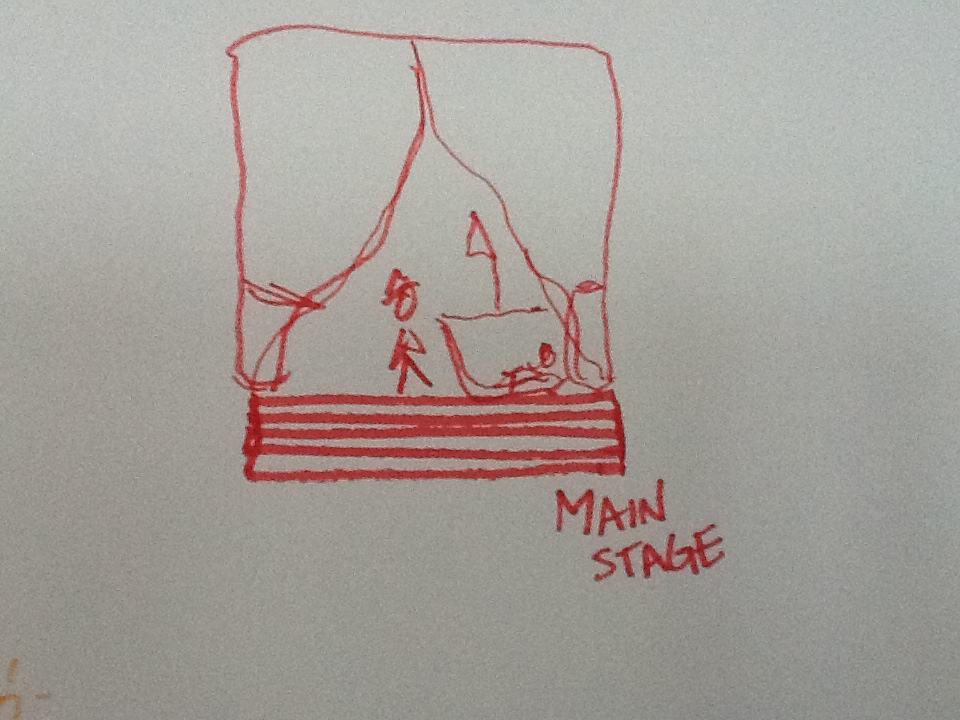
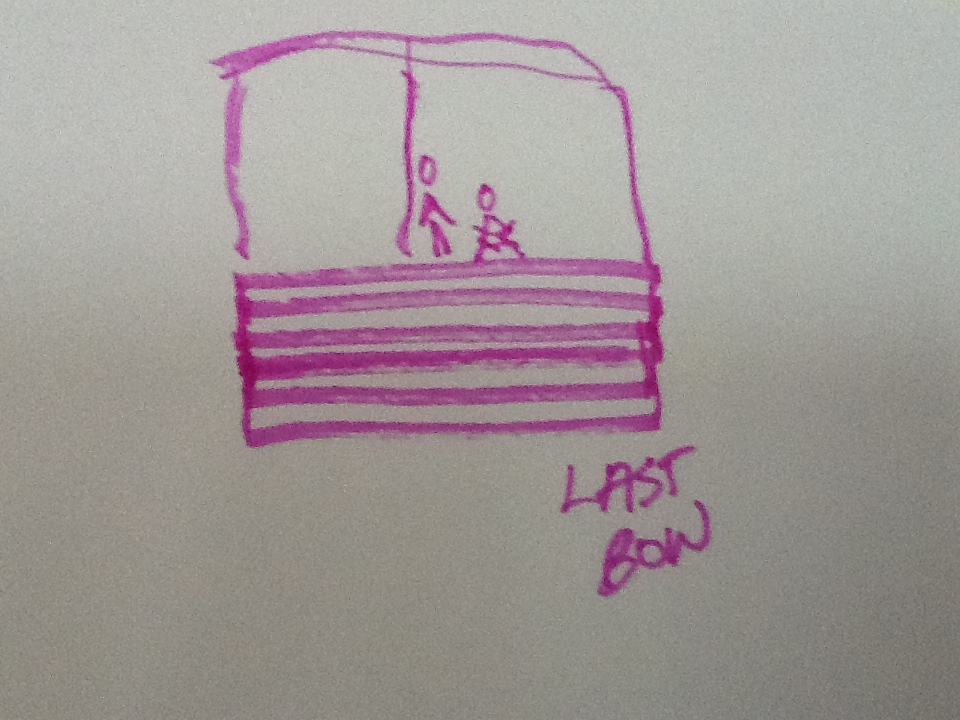
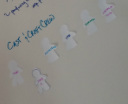
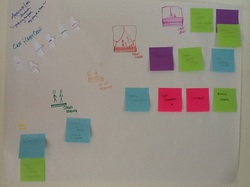
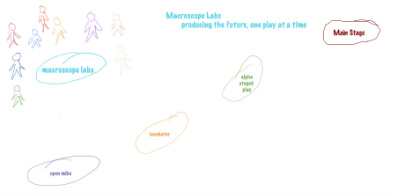
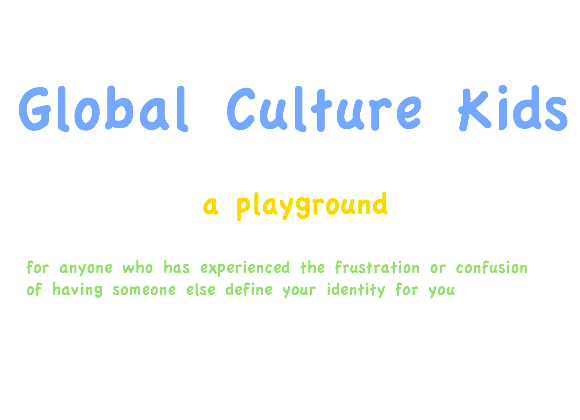

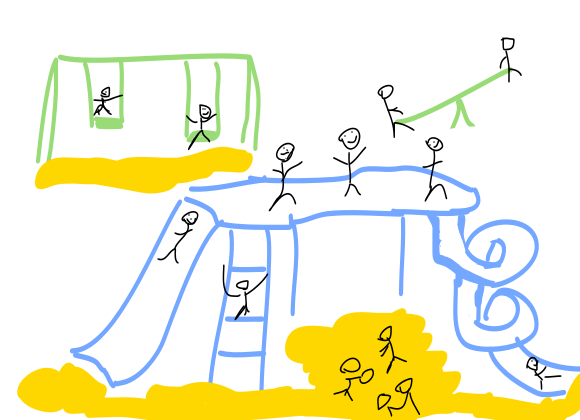







 RSS Feed
RSS Feed